As an automotive journalist with a penchant for car detailing, I’ve had the joy—and sometimes the challenge—of experimenting with a plethora of waxes. My journey down the road of automotive shine began the moment spray wax introduced itself as a sleek contender against the trusty paste wax. It promised convenience and efficiency, but could it truly rival the rich glow of paste wax? While history taught me that quality often requires effort, I found myself captivated by the promise of a swift, lustrous finish.
In this article, I’ll take you through my experiences with spray wax and paste wax, unraveling their unique strengths and uncovering which truly earns its place in your car detailing arsenal. With firsthand insights, I’ll guide you on when and where each option shines, helping you make the best choice for your vehicle’s glow and protection.
What are Spray Wax and Paste Wax?
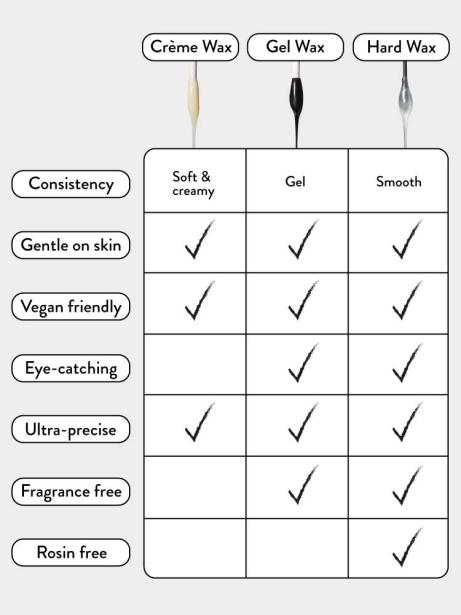
Did you know that the key difference between spray and paste wax lies not just in application but in formulation too? Throughout my career, I’ve often dissected the components of automotive products, and the journey of understanding waxes has been particularly enlightening. In one of my detailed lab analyses, I found that the makeup of a wax—whether it has synthetic polymers or natural carnauba—plays a crucial role in its performance on your vehicle.
Spray wax is typically formulated with a lighter concentration of carnauba or synthetic polymers to ensure quick and easy application. It’s perfect for those who seek a rapid shine without the fuss. The trade-off? It might not offer the same level of protection as its pasty counterpart. Imagine having refreshed your vehicle’s exterior within minutes but knowing you’ll need to do it regularly to maintain that glossy coat.
On the other hand, paste wax is a more concentrated solution, often enriched with high amounts of natural carnauba or refined synthetic elements. When I first applied it to a vintage car, the effort was palpable, but the enduring protection and lustrous shine were unmatched. It’s a commitment, but with significant rewards for those who cherish their vehicle’s finish.
These insights help guide my recommendations, aligning your unique needs with the capabilities each wax type offers. Your vehicle deserves the right choice based on its usage and the protection level you seek.
Why Use Wax on Your Vehicle?
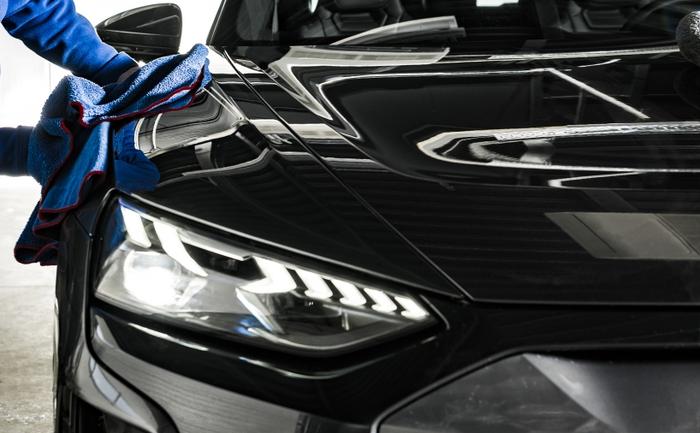
What if I told you that regular waxing could significantly extend the lifespan of your vehicle’s paint job? This might sound like a simple pitch, yet it’s a well-kept secret among savvy car enthusiasts. Think of your car’s paintwork as its first line of defense against the elements. Over the years, I’ve seen firsthand how neglecting this simple maintenance task can result in sun damage and oxidation — just ask my friend who once underestimated the power of wax. His sun-bleached, oxidized car was transformed after a single wax application reinstating its former glory.
In my experience as an automotive journalist, I’ve often encountered the same question: “Why bother waxing your vehicle?” It’s simple: preventative maintenance like waxing can shield your paint from harmful UV rays and environmental contaminants. Regular waxing not only revitalizes your car’s appearance by restoring depth and gloss, but it also acts as a protective barrier, reducing the need for costly paint repairs over time. This chapter isn’t merely about choice; it’s about understanding how strategic waxing decisions can prolong the aesthetic and structural integrity of your vehicle’s paint.
As we dive deeper, you’ll discover how the benefits of wax extend beyond mere aesthetics, proving crucial in upholding your vehicle’s value and condition. Understanding these advantages could redefine your detailing routine and enhance your vehicle’s enduring charm.
Who Should Use Spray Wax or Paste Wax?

Are you a busy professional or a detailed-oriented enthusiast? The choice of wax speaks volumes about your priorities! This question is at the heart of finding out who should use spray wax versus paste wax. Over the years, I’ve found myself in debates and workshops, emphasizing how spray wax serves as a savior for those of us who seem to always be racing against the clock. It’s a quick application that brings a slick shine without demanding a huge time investment, making it ideal for those juggling tight schedules.
On the flip side, I’ve watched car enthusiasts with admiration as they relish in the almost meditative experience of applying paste wax. For them, it’s not just about the outcome but the journey—the care and precision of detailing every inch of their beloved vehicle. If you’re someone who cherishes this process and embraces the detail, paste wax offers a rewarding ritual, enhancing the beauty of your car with your personal touch. Identifying your priorities can help you decide which product is your ideal match, aligning with both lifestyle and vehicular aspirations.
When to Use Spray Wax vs Paste Wax?

Is there really a right time to apply wax, or is it just a matter of personal preference? Trust me, I’ve been through the learning curves. Applying wax at the wrong time, like right after a rainstorm when the surface hasn’t dried, is a rookie mistake I’ve made more than once. The key is understanding when to use spray wax versus paste wax.
From my years of waxing cars, I’ve discovered that timing is everything. Spray wax is ideal when you’re short on time or conditions are less than perfect—like when you need a quick shine between full wax sessions. Its ease of application makes it perfect for last-minute touch-ups on a sunny day, ensuring your car has that fresh, just-detailed look. Paste wax, however, demands a bit more care and precision. It works best when you’ve got several hours and the weather is mild and dry, allowing you the time to apply, set, and buff without rushing.
Through trial and error, I’ve found that specific surface conditions also dictate which type of wax to use. A well-prepped surface free from contaminants helps either wax perform at its peak, but paste wax especially benefits from ideal conditions to provide that long-lasting protection. By understanding each wax’s timing and unique needs, I ensure my vehicle gets the best care possible, and you can too.
Where to Apply Spray Wax and Paste Wax?
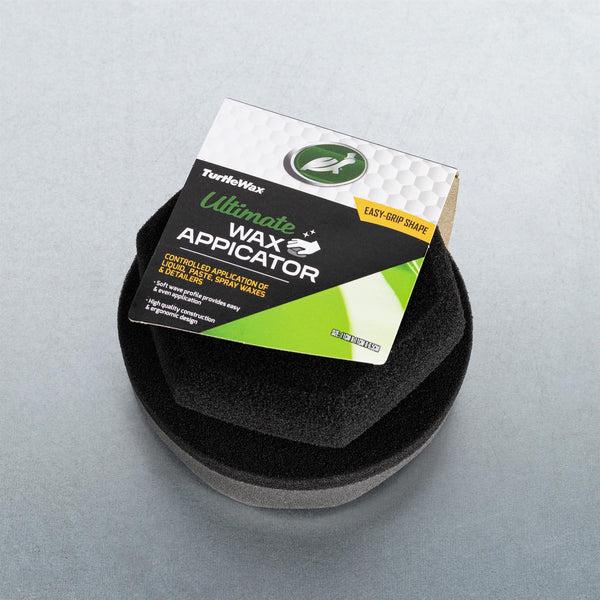
Could the area you wax truly make a difference in the effectiveness of the wax? Absolutely, and I learned this firsthand. Once, while detailing my SUV, I focused solely on the body and neglected the roof, only to later notice uneven fading. This experience taught me the importance of treating every area of the car as essential in the waxing process. I can’t stress enough how significant it is to understand that different surfaces—like the hood, roof, and even the mirrors—might react differently to the wax.
When I use spray wax, its versatility shines when applied to those trickier areas: the intricate grille designs, mirrors, and even my SUV’s roof, where applying paste wax might prove cumbersome. On the other hand, paste wax is my go-to for the larger, more exposed areas like the hood and trunk. This two-pronged approach to applying wax ensures that I not only achieve a brilliant shine but also provide uniform protection across varied surfaces. Unlocking the full potential of your wax hinges on applying it where it can do the most good—just a subtle shift towards a more strategic application process can maximize results and bolster your vehicle’s long-term resilience.
How Do They Compare in Performance?
Durability Comparison

In the realm of vehicle detailing, the durability of wax can significantly impact the longevity and quality of a vehicle’s finish. My practical experience taught me the profound differences between spray wax and paste wax in this aspect. Is a long-lasting shine truly attainable with spray wax, or is it all a marketing gimmick? This question haunted me as I embarked on an experiment, applying spray wax to one half of my old sedan and paste wax to the other.
Witnessing the results after a month was eye-opening. The paste wax side exhibited remarkable protection and its lustrous sheen stood the test of time, confirming its reputation for durability. In contrast, the spray wax, while initially impressive, gradually lost its edge. This firsthand insight emphasized that the choice of wax should pivot not just on immediate shine, but also on how well it endures daily exposure.
Understanding these nuances allows detailing enthusiasts to make informed decisions as they weigh the benefits of various waxes in broader performance criteria. In considering the balance of ease versus longevity, one begins to see where a particular wax justifies its usage. The journey from initial application to lasting results frames one of the most enduring lessons on vehicle care.
Shine and Finish
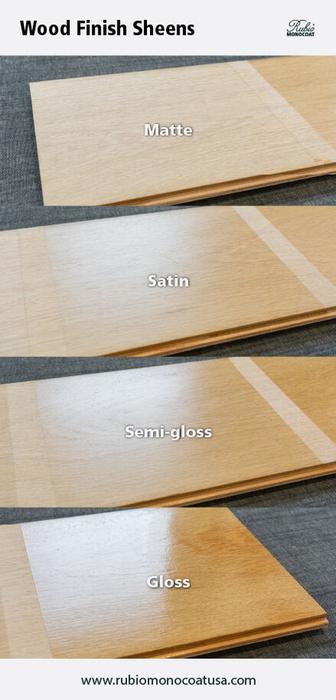
Can your vehicle’s aesthetic be enhanced more effectively with one type of wax over another? As I stood amidst the gleaming displays at a car show, a particular vehicle with a mirror-like finish drew my attention. The owner attributed the stunning shine to paste wax, sparking my curiosity about the comparative wonders of automotive waxes.
From my experiences, I can attest that both spray wax and paste wax make compelling contributions to a vehicle’s visual appeal. Spray wax, while easier to apply, often provides a lustrous glow that suits those who prioritize convenience yet want a noticeable shine. Conversely, paste wax offers a depth and richness that enhances the paint’s clarity and reflection, resulting in that showroom-like brilliance. From classic cars to daily drivers, paste wax seems to lend a superior shine lasting over time, making it ideal for anyone seeking that long-lasting, captivating gleam.
In comparing the two, it’s clear that each type of wax plays a unique role in elevating a vehicle’s appeal. Balancing personal preference with the desired finish will guide you in choosing the best wax for your detailing needs.
Ease of Use Comparison

In the realm of vehicle detailing, one critical factor often overlooked is the ease of use. Spray wax and paste wax cater to different prowess levels, but how do they stack up? From my experience, especially watching my nephew’s journey into auto detailing, the wax application can significantly impact enthusiasm and results. Initially, my nephew found paste wax daunting. Its labor-intensive nature and meticulous need for even application were quickly overwhelming. But when he switched to spray wax, it transformed his experience—he was suddenly hooked. It struck me then, does ease of application translate into a compromise on results, or can you have the best of both worlds?
Spray wax offers a user-friendly approach that doesn’t ask for extensive elbow grease. Its application is straightforward, making it ideal for beginners or those short on time. Conversely, paste wax can yield a more durable finish but requires patience and skill. Both have their place, and understanding this can steer you toward a more rewarding detailing journey.
Advantages of Spray Wax
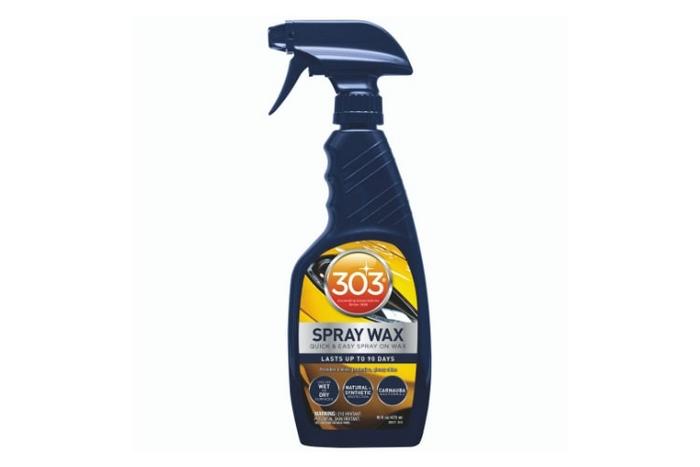
One afternoon, I had just finished washing my car when I noticed a dark storm cloud looming. With spray wax in hand, I quickly applied it, fearing the upcoming rain would wash away my clean car. This last-minute save highlighted how spray wax truly shines in unexpected moments. But is convenience the ultimate advantage of spray wax, or are there hidden benefits too?
From my experience, spray wax is not just about quick application—it’s about flexibility and efficiency, which are invaluable in the frenetic pace of today’s world. The product’s ease allows for touch-ups that won’t take your entire afternoon. There’s an undeniable satisfaction in seeing my vehicle gleam with minimal effort. This is especially true when the weather threatens my freshly washed car, and spray wax provides a reliable defense against the elements.
The real charm of spray wax lies in its ability to provide protection while enhancing the look of the car. It brings peace of mind, knowing that even in a pinch, the car is safeguarded, and the aesthetic is elevated. In this chapter, we’ll delve into the subtle benefits that make spray wax a fantastic choice for many car enthusiasts.
Advantages of Paste Wax
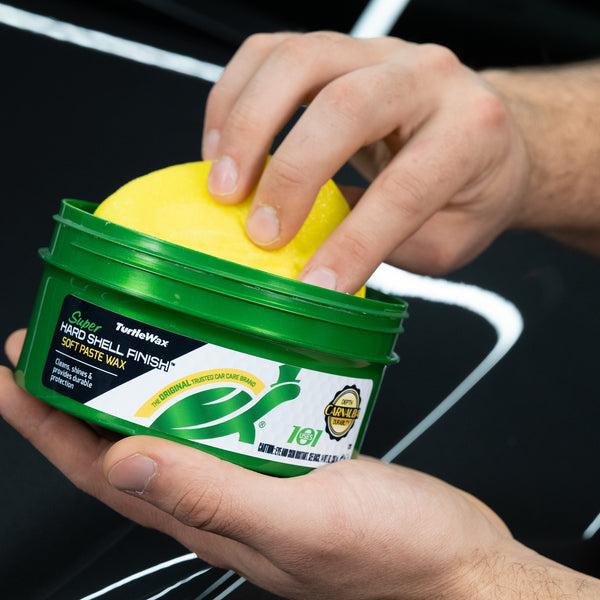
Is it old-school to prefer paste wax, or does it offer specific benefits that spray wax lacks? In my experience, paste wax often provides a depth and durability that speaks to the heart of car enthusiasts. Having featured numerous vehicles in my articles, I’ve watched owners savor the process of hand-applying paste wax like a ritual—it’s almost an art form, granting a bond with their vehicles.
What’s noteworthy is the superior longevity of paste wax, a legacy I’ve witnessed firsthand in classic cars maintaining their showroom finish over decades. While spray wax offers convenience, paste variants hold the upper hand with their robust, enduring protection and remarkable shine. This isn’t just anecdotal evidence; it’s validated by countless stories of proud owners whose older vehicles gleam with an unmistakable luster. Delving into this approach reveals that traditional doesn’t mean outdated; it signifies sturdier, time-tested protection—a quality modern solutions sometimes miss. Through this, my respect for traditional products remains steadfast, illustrating the profound advantages they hold for those who cherish enduring quality over fleeting convenience.
Disadvantages of Spray Wax
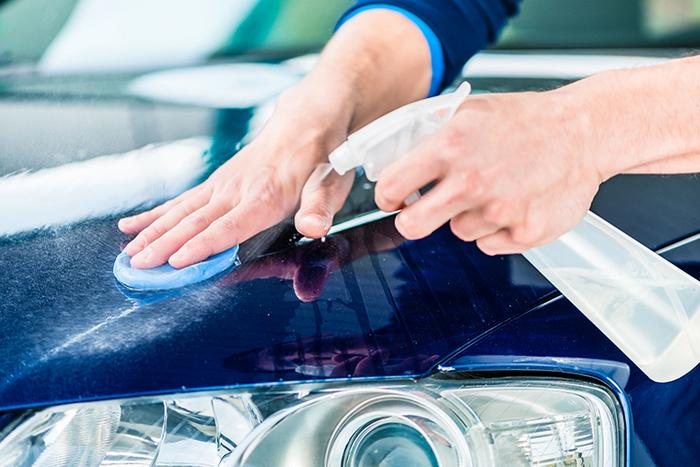
During my early years as an automotive writer, I heavily relied on spray waxes for their ease of use and quick application. However, is there a hidden cost to convenience when it comes to spray wax? As I gained more experience, I began to notice that the protection afforded by spray waxes often diminished rapidly, particularly when compared to the longevity of paste waxes. This realization was pivotal, pushing me to approach each detailing session with caution and a more discerning eye.
Despite their appeal for quick touch-ups, spray waxes typically fall short in terms of durability. I found that after just a few washes or weather cycles, my vehicle lost its luster, urging another application. This recurrent need not only called for more frequent purchases but also extra time spent detailing. While they offer immediate shine, the lack of substantial protection can cost you in the long run. Thus, I encourage delving deeper into the factors of durability and protection, rather than being swayed solely by convenience.
Disadvantages of Paste Wax
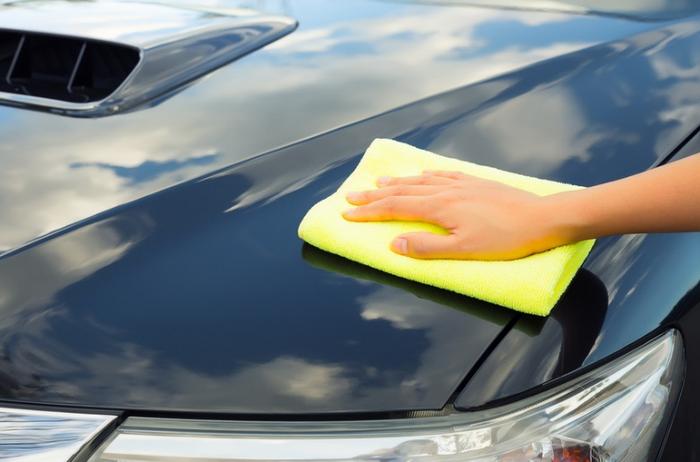
Could the traditional approach of paste waxing become a drawback in today’s fast-paced world? As someone who has spent hours at a time polishing my car to perfection, the question is not just theoretical—it’s personal. I’ve met countless car enthusiasts who swear by paste wax for its depth of shine, yet I’ve also watched them grow frustrated with the lengthy application process.
This all-too-familiar scenario begs the question: is the trade-off in time worth the radiant finish that paste wax delivers? For those of us who live and breathe detailing, the commitment to quality is understandable. However, the extensive time investment can feel like a major drawback, especially when life demands we move at a full sprint rather than a leisurely pace.
Furthermore, paste wax can be physically demanding, requiring a considerable amount of elbow grease, not just patience. This isn’t merely about time but also energy. I recall the aching arms after a full day of waxing, pondering whether the end result justified the exhaustive effort. It’s a dilemma many detailers face: time versus quality. As we explore the disadvantages of paste wax further, weigh these factors to decide what aligns best with your own detailing routine.
FAQs
What is Spray Wax?
What is Paste Wax?
Which Offers Better Protection: Spray Wax or Paste Wax?
Which is Easier to Apply?
Can Spray Wax and Paste Wax Be Used Together?
Conclusion
Can choosing the right wax truly make all the difference in protecting your vehicle’s finish? After years of diving into the world of car detailing, I can confidently say it does. My discussions about spray wax and paste wax have revealed distinct advantages inherent in each. Spray wax is a convenient option for those seeking a quick shine with minimal effort, especially if time is a constraint and if you regularly maintain your car’s condition. On the other hand, paste wax delivers a more durable shield, offering enhanced protection and a deeper gloss, making it ideal for those who relish the detailing process and are willing to put in the extra effort. It’s not just about the finish; it’s about aligning the waxing method with your vehicle’s needs and your lifestyle. Reflecting on my experiences, the best approach is to choose the wax that fits naturally into your maintenance routine. Ultimately, the right choice will make vehicle care feel less like a chore and more like a rewarding habit.